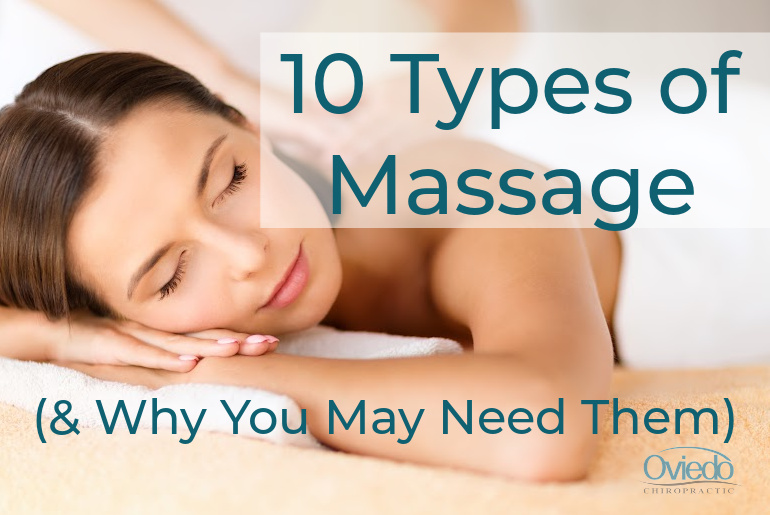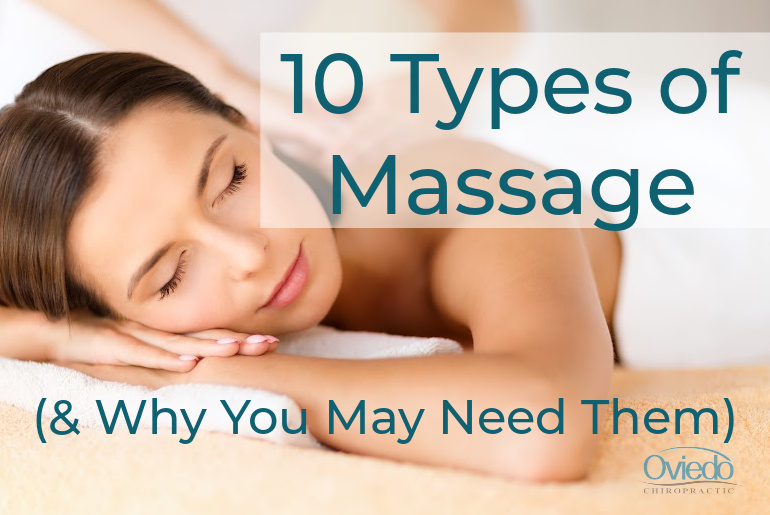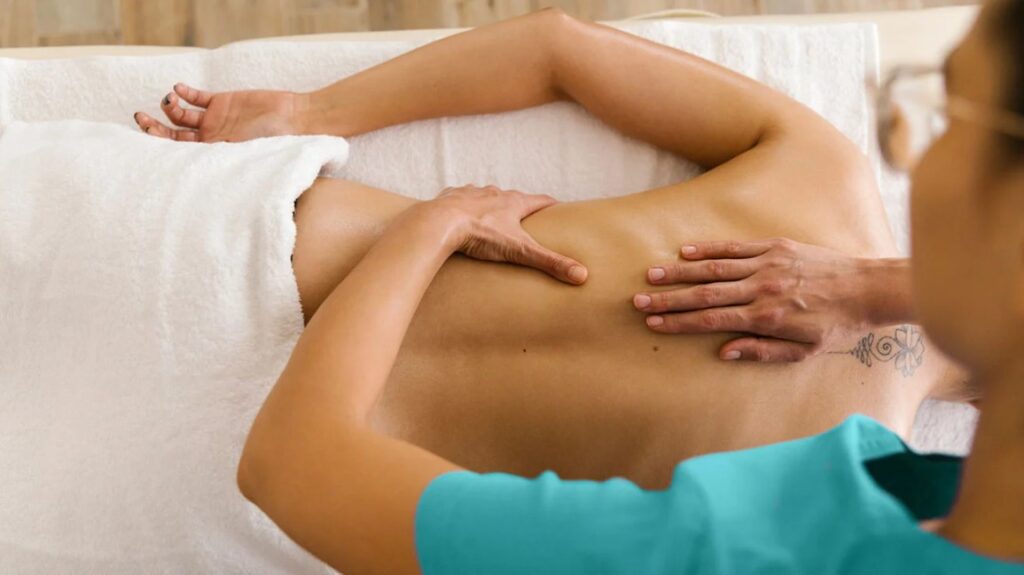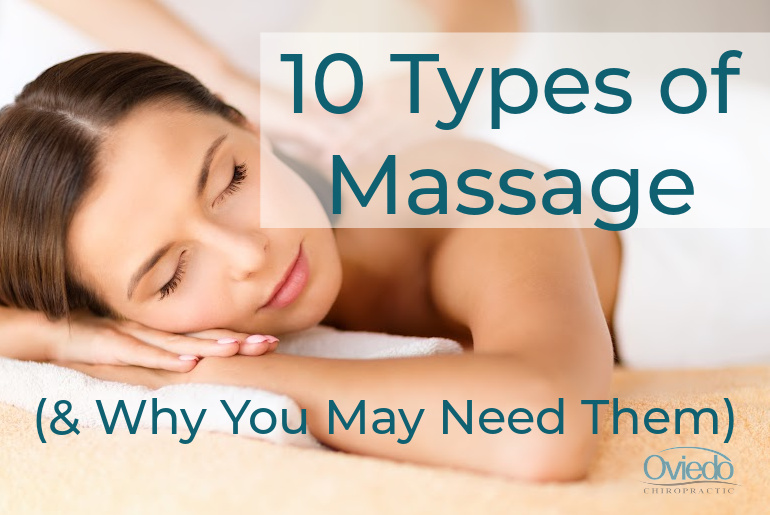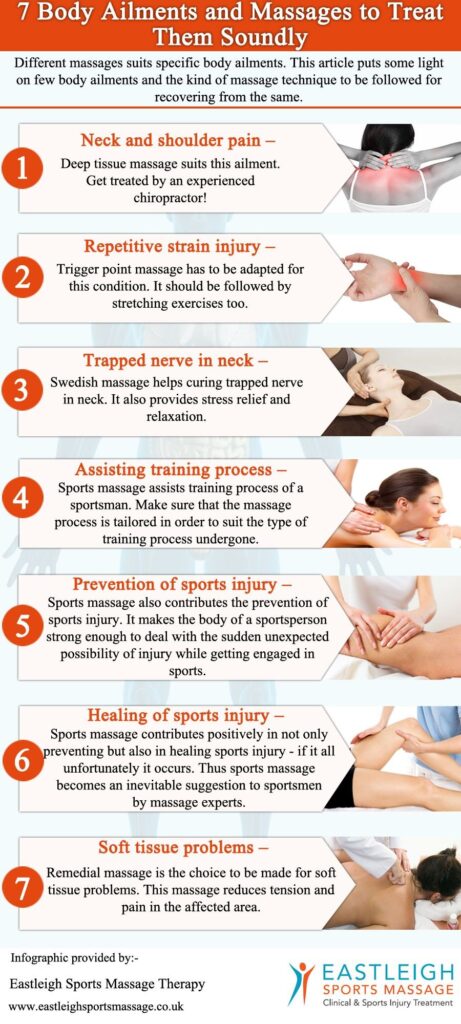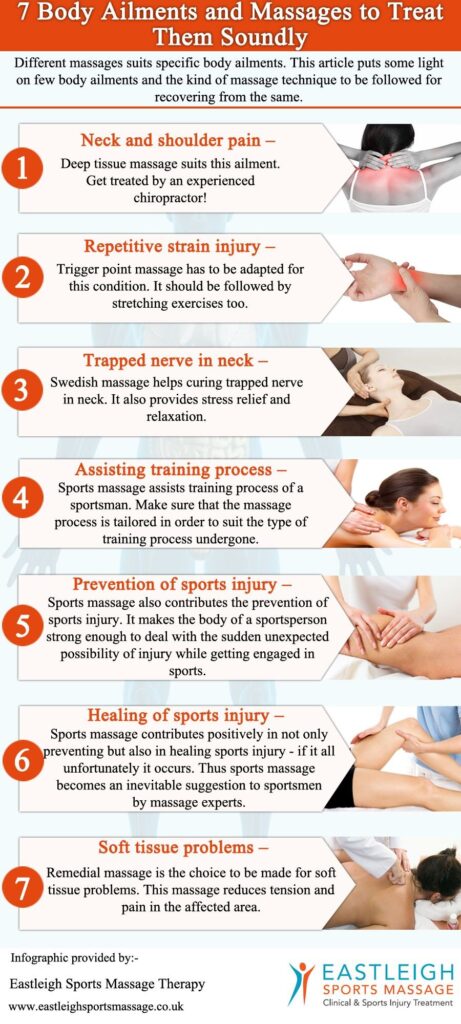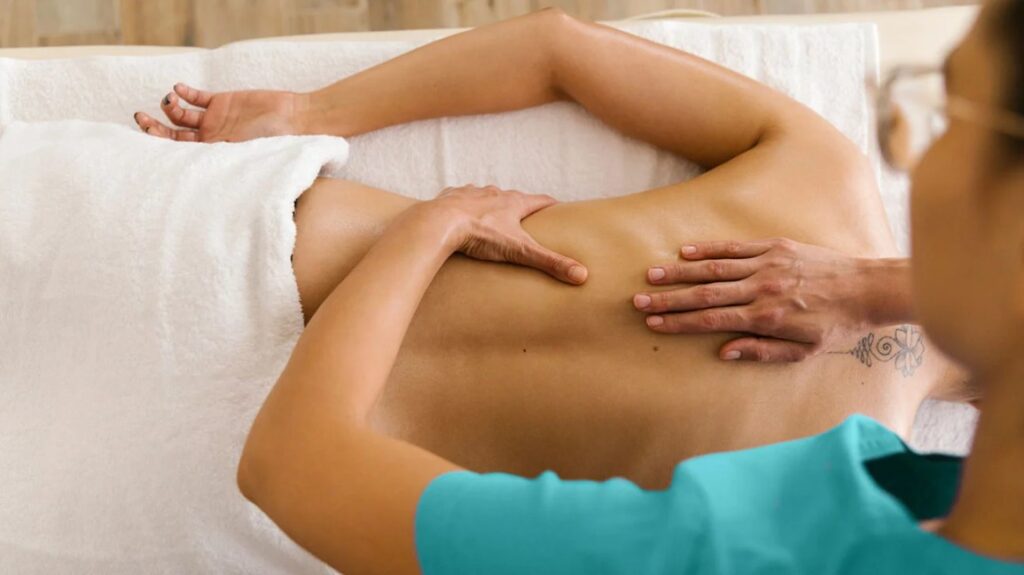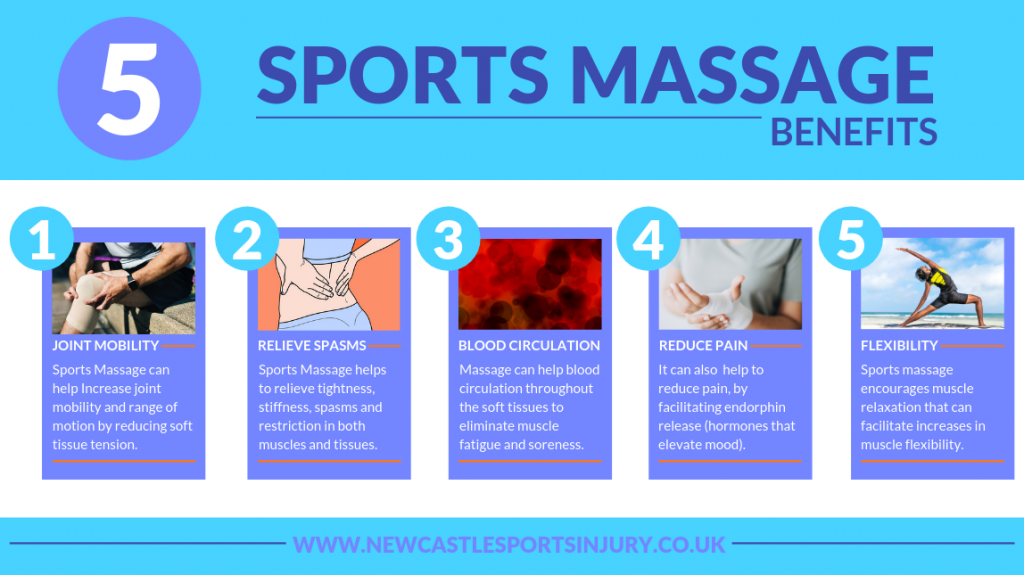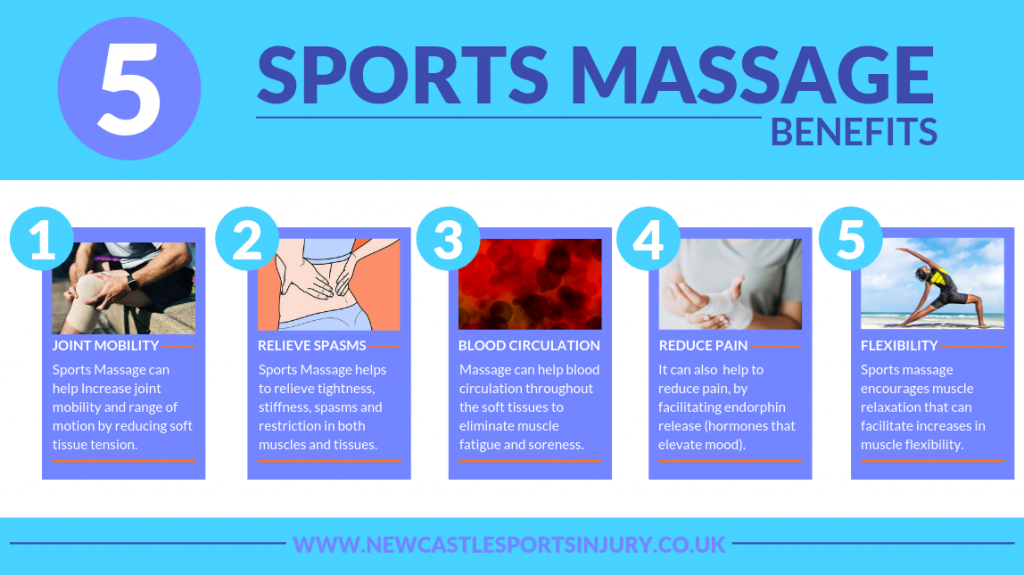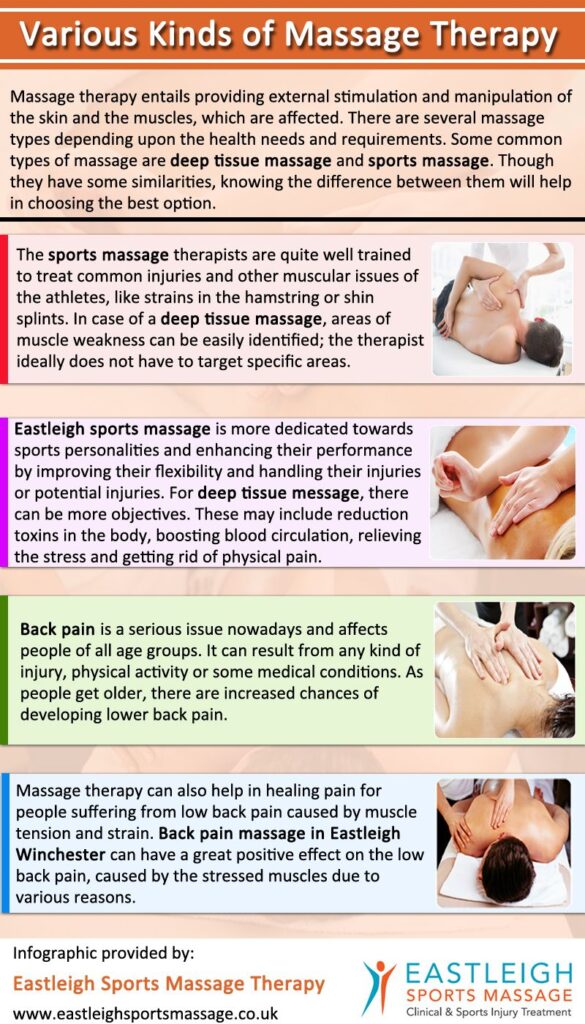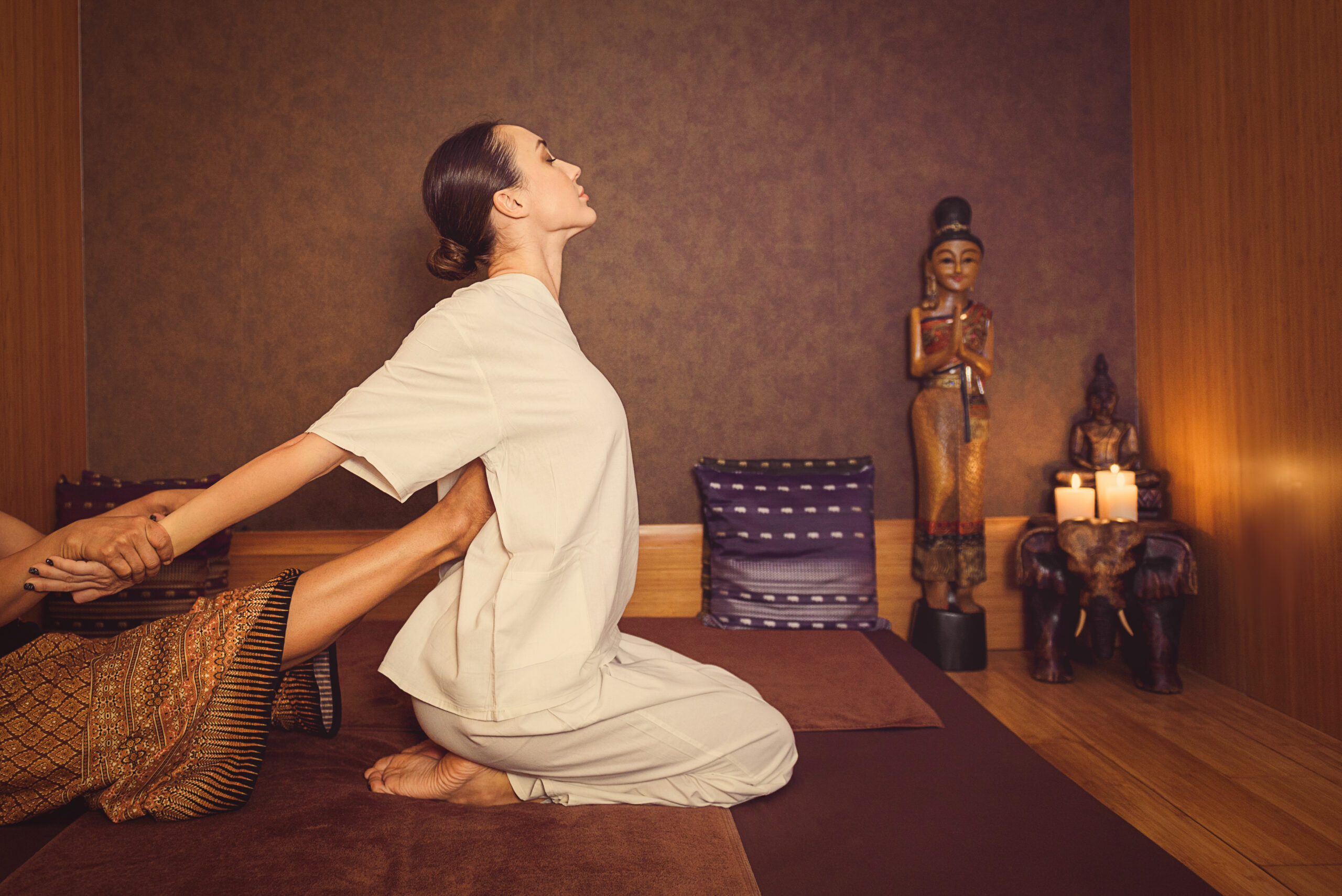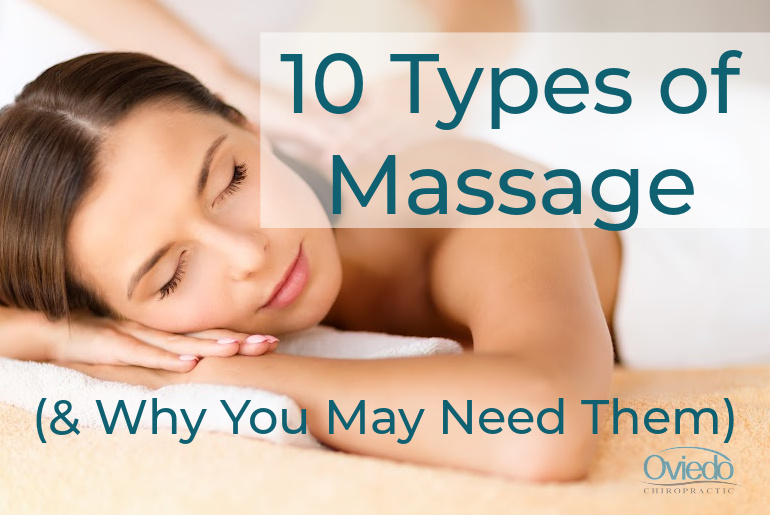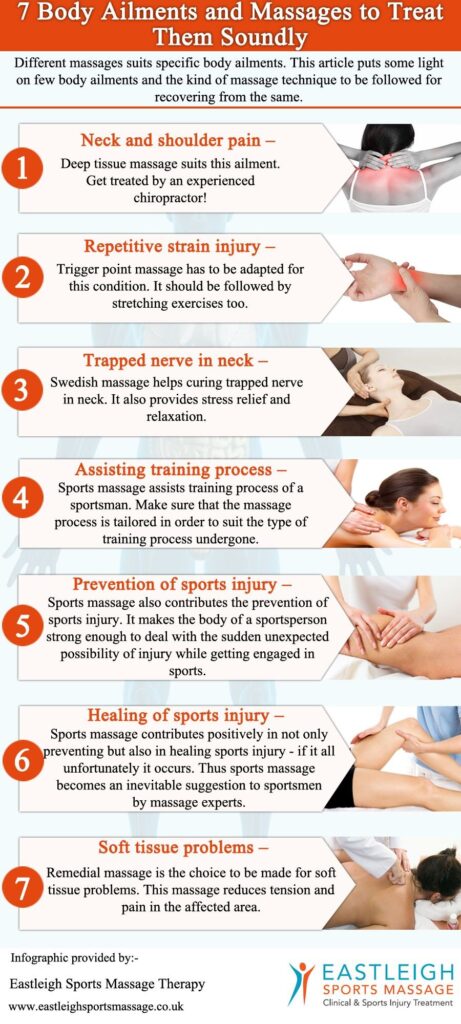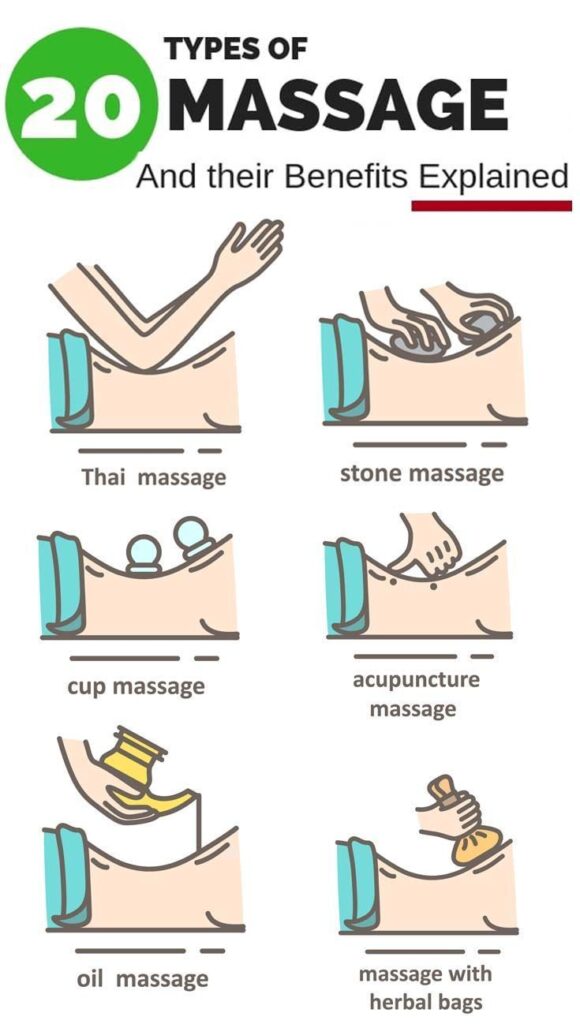If you’re searching for the perfect massage oil to enhance your relaxation experience, look no further. In this article, we’ll explore the world of massage oils and help you discover the best type for your needs. From calming lavender to rejuvenating eucalyptus, we’ll unravel the mysteries behind the various oils and their benefits. So sit back, unwind, and let’s embark on a journey to find the ideal massage oil that will leave you feeling pampered and rejuvenated.
This image is property of media.zenfs.com.
Benefits of Using Massage Oil
Promotes Relaxation
Using massage oil during a massage session can greatly enhance the relaxation experience. The soothing and calming scent of the oil, combined with the gentle touch of the therapist, helps create a serene and tranquil atmosphere. Not only does this promote mental relaxation, but it also allows your muscles to relax, releasing any tension or stress you may be carrying.
Improves Blood Circulation
One of the key benefits of using massage oil is its ability to improve blood circulation. The therapist applies the oil to your skin and uses techniques such as effleurage and petrissage to stimulate the blood vessels beneath the surface. This increased circulation not only delivers more oxygen and nutrients to your muscles and tissues but also helps remove toxins, promoting overall health and well-being.
Moisturizes and Nourishes the Skin
Massage oil acts as a moisturizer, nourishing and hydrating your skin, leaving it feeling soft and supple. Oils such as sweet almond oil and jojoba oil are rich in vitamins and essential fatty acids, providing deep hydration and promoting a healthy skin barrier. Regular use of massage oil can help improve the texture and appearance of your skin, making it look radiant and youthful.
Enhances Muscle Recovery
After an intense workout or physical activity, your muscles may become sore and fatigued. Massage oil can aid in muscle recovery and reduce post-exercise soreness. The oil helps increase blood flow to the muscles, providing them with the nutrients they need to repair and regenerate. Additionally, the gentle massage strokes help reduce muscle tension, promoting faster recovery and alleviating any discomfort.
Reduces Friction and Enhances Glide
Using massage oil creates a smooth and slippery surface, reducing friction between the therapist’s hands and your skin. This enhanced glide allows the therapist to perform various massage techniques seamlessly, without causing any discomfort or irritation. The reduced friction also helps prevent any pulling or tugging on your skin, ensuring a gentle and pleasant massage experience.
Different Types of Massage Oils
Carrier Oils
Carrier oils are the base oils used in massage blends that provide the lubrication needed for massage strokes. They are typically derived from plants and have different properties, benefits, and absorption rates. Carrier oils are often used as a carrier for essential oils, helping dilute them and spread their aroma evenly.
Essential Oils
Essential oils are highly concentrated plant extracts that offer various therapeutic benefits. They are known for their aromatic properties and are often used in aromatherapy. When added to carrier oils, essential oils can provide additional health benefits and enhance the overall massage experience.
Grapeseed Oil
Grapeseed oil is a popular carrier oil in massage therapy due to its light texture and high vitamin E content. It is easily absorbed by the skin, leaving it moisturized without feeling greasy. Grapeseed oil is suitable for all skin types and is particularly beneficial for acne-prone and sensitive skin due to its non-comedogenic properties.
Sweet Almond Oil
Sweet almond oil is another commonly used carrier oil in massage therapy. It is rich in essential fatty acids and vitamin E, making it an excellent choice for nourishing and softening the skin. Sweet almond oil has a slightly sweet and nutty aroma, which enhances relaxation during a massage session.
Jojoba Oil
Jojoba oil closely resembles the natural oils produced by our skin, making it an ideal carrier oil for massage. It absorbs easily, leaving the skin feeling smooth and hydrated. Jojoba oil is known for its antibacterial and anti-inflammatory properties, making it suitable for acne-prone and sensitive skin.
Coconut Oil
Coconut oil is a versatile carrier oil that is solid at room temperature but melts upon contact with the skin. It has a light and non-greasy texture, making it easy to apply and absorb. Coconut oil contains lauric acid, which has antimicrobial properties and can help nourish and protect the skin.
Olive Oil
Olive oil, a staple in many kitchens, can also be used as a massage oil. It is a heavier oil and may leave a slight greasy residue on the skin. Olive oil is rich in antioxidants, such as vitamin E and polyphenols, which can help soothe and protect the skin.
Argan Oil
Argan oil, often called “liquid gold,” is derived from the kernels of the argan tree. It is known for its high levels of vitamin E, antioxidants, and essential fatty acids. Argan oil is deeply moisturizing and can help improve the elasticity of the skin, making it a valuable ingredient in massage oils.
Avocado Oil
Avocado oil is rich in vitamins A, D, and E, as well as monounsaturated fats. It is deeply penetrating and can help hydrate and nourish dry and mature skin. Avocado oil is also beneficial for soothing skin conditions such as eczema and psoriasis.
Fractionated Coconut Oil
Fractionated coconut oil is a modified form of coconut oil that remains liquid at all temperatures. It has a lightweight and silky texture, making it an excellent choice for massage. Fractionated coconut oil is easily absorbed by the skin and leaves no greasy residue.
Factors to Consider for Choosing the Best Massage Oil
Skin Type
Consider your skin type when choosing a massage oil. Dry skin may benefit from oils with higher moisturizing properties, such as sweet almond oil or jojoba oil. Oily skin may require lighter oils with a lower comedogenic rating, like grapeseed oil or fractionated coconut oil. Sensitive skin may benefit from hypoallergenic oils, such as argan oil or avocado oil.
Allergies
If you have known allergies or sensitivities to certain substances, it is important to read the ingredient list of massage oils carefully. Avoid oils that contain allergens you are sensitive to, such as nuts or specific botanical extracts.
Scent Preference
The aroma of massage oil can greatly enhance the overall experience. Consider scents that you find relaxing, energizing, or uplifting. Lavender essential oil, for example, is commonly used for relaxation, while peppermint essential oil can provide an invigorating and refreshing scent.
Texture and Absorption
Different massage oils have varying textures and absorption rates. Some may feel lightweight and absorb quickly, while others may be heavier and leave a slight residue. Consider your personal preferences and how the oil feels on your skin.
Health Benefits
Certain oils have specific health benefits. For example, eucalyptus essential oil is known for its respiratory benefits and can be beneficial during a massage if you have congestion or respiratory issues. Consider any specific health concerns you have and choose oils that may offer relief or support for those conditions.
Personal Comfort
Ultimately, personal comfort plays a significant role in choosing the best massage oil. Pay attention to how the oil feels on your skin and if you enjoy the scent. Experiment with different oils to find the one that provides the most enjoyable and satisfying massage experience for you.
Availability and Cost
Consider the availability and cost of massage oils. Some oils may be more readily accessible in your area, while others may be more expensive due to factors such as sourcing or extraction methods. Choose an oil that fits within your budget and is easily obtainable.
Skin Type and Comedogenicity
Dry Skin
Dry skin may benefit from heavier oils that provide deep moisturization. Oils such as sweet almond oil, avocado oil, and coconut oil are rich in emollients and can help restore hydration to dry skin.
Oily Skin
Oily skin typically requires lighter oils with a low comedogenic rating to avoid clogging the pores. Grapeseed oil, jojoba oil, and fractionated coconut oil are all suitable options for oily skin as they are lightweight and non-greasy.
Sensitive Skin
Sensitive skin may be prone to irritation and requires gentle and hypoallergenic oils. Argan oil, avocado oil, and jojoba oil are known for their soothing and non-irritating properties, making them ideal for sensitive skin.
Combination Skin
Combination skin may benefit from oils that balance the different areas of the face. Oils such as jojoba oil and grapeseed oil have a neutral effect on the skin, providing hydration without feeling heavy or greasy.
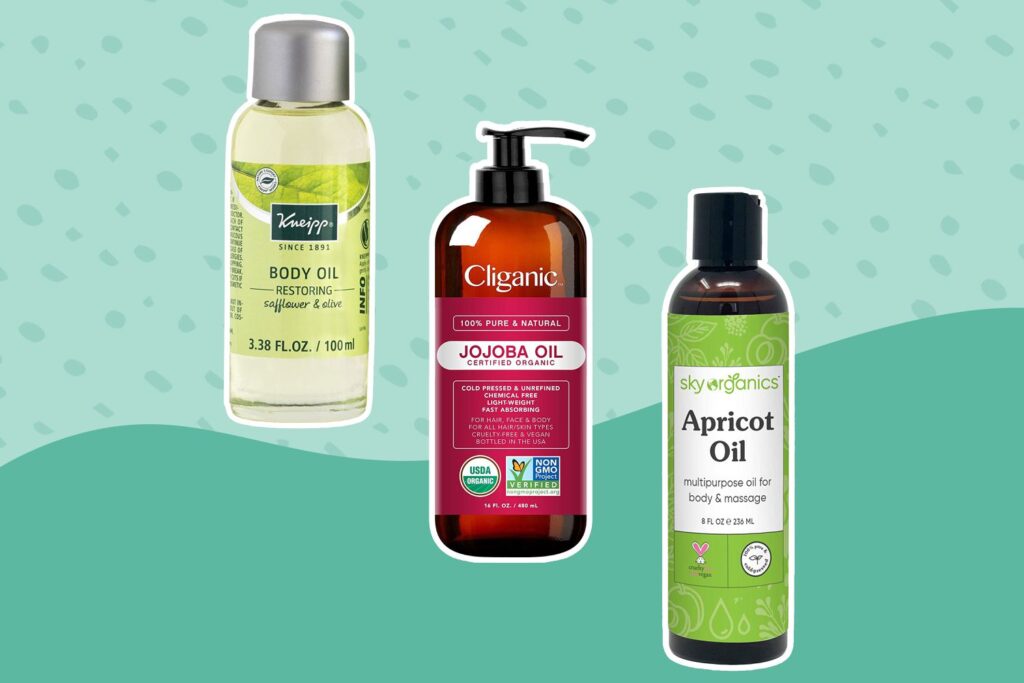
This image is property of www.verywellhealth.com.
Choosing the Right Carrier Oil
Grapeseed Oil
Grapeseed oil is a popular choice as a carrier oil due to its light texture and easy absorption. It is suitable for all skin types and does not leave a greasy residue. Grapeseed oil is also high in antioxidants, which can help protect the skin from environmental damage.
Sweet Almond Oil
Sweet almond oil is a versatile and widely used carrier oil. It is rich in vitamins and minerals, making it nourishing for the skin. Sweet almond oil has a slightly sweet and nutty scent, adding to the overall relaxation experience.
Jojoba Oil
Jojoba oil closely resembles the natural oils produced by our skin, making it an ideal carrier oil. It absorbs easily and leaves the skin feeling hydrated and soft. Jojoba oil is suitable for all skin types and can help balance oil production.
Coconut Oil
Coconut oil is a popular carrier oil due to its versatility and moisturizing properties. It has a light texture, absorbs easily, and leaves the skin feeling soft and nourished. However, it may not be suitable for individuals with very oily or acne-prone skin due to its higher comedogenic rating.
Olive Oil
Olive oil has been used as a carrier oil for centuries. It is readily available, affordable, and deeply moisturizing. However, it does have a heavier texture and may leave a slight greasy residue on the skin.
Argan Oil
Argan oil is a luxurious and deeply nourishing carrier oil. It is rich in antioxidants and essential fatty acids, making it excellent for dry and mature skin. Argan oil has a light texture and absorbs quickly, leaving the skin feeling smooth and rejuvenated.
Avocado Oil
Avocado oil is a rich and deeply penetrating carrier oil. It is packed with vitamins and nutrients that help nourish and hydrate the skin. Avocado oil is particularly beneficial for dry, damaged, or aging skin.
Fractionated Coconut Oil
Fractionated coconut oil is a modified form of coconut oil that remains liquid at all temperatures. It has a lightweight and silky texture, making it easy to apply and absorb. Fractionated coconut oil is widely used as a carrier oil due to its versatility and long shelf life.
Skin Benefits of Essential Oils
Lavender Essential Oil
Lavender essential oil is renowned for its calming and soothing properties. It can help relieve stress and anxiety, promote relaxation, and improve sleep quality. Lavender essential oil also has anti-inflammatory properties, making it beneficial for conditions such as eczema or sunburn.
Peppermint Essential Oil
Peppermint essential oil is invigorating and refreshing, providing a cooling sensation when applied to the skin. It can help alleviate muscle pain and tension, clear congestion, and improve mental focus and clarity. Peppermint essential oil is not recommended for use on sensitive or irritated skin.
Eucalyptus Essential Oil
Eucalyptus essential oil is commonly used for its respiratory benefits. It can help relieve nasal congestion, soothe coughs, and open up the airways. Eucalyptus essential oil also has antimicrobial properties, making it a valuable addition to massage blends during cold and flu seasons.
Chamomile Essential Oil
Chamomile essential oil is well-known for its calming and soothing properties. It can help reduce anxiety, promote relaxation, and provide relief from muscle aches and pains. Chamomile essential oil is gentle and safe for all skin types, including sensitive skin.
Ylang Ylang Essential Oil
Ylang ylang essential oil has a sweet and floral aroma that can uplift the mood and promote feelings of joy and relaxation. It can help balance the skin’s natural oil production and promote healthy-looking skin. Ylang ylang essential oil is especially beneficial for dry or mature skin.
Tea Tree Essential Oil
Tea tree essential oil is renowned for its antiseptic and antibacterial properties. It can help soothe and clear acne-prone skin, reduce inflammation, and prevent infections. Tea tree essential oil should be used with caution and diluted properly before applying to the skin.
Lemongrass Essential Oil
Lemongrass essential oil has a refreshing citrusy scent and can provide an energizing and uplifting effect. It can help relieve muscle pain, reduce inflammation, and promote healthy digestion. Lemongrass essential oil should be diluted properly before use.
Rosemary Essential Oil
Rosemary essential oil has a woody and herbal aroma that can help improve focus and mental clarity. It can also help relieve muscle pain and tension, stimulate hair growth, and improve circulation. Rosemary essential oil should be avoided during pregnancy and by individuals with epilepsy or high blood pressure.

This image is property of www.byrdie.com.
Common Blends and their Benefits
Relaxation Blend
A relaxation blend typically combines calming essential oils such as lavender, chamomile, and ylang ylang. This blend promotes deep relaxation, relieves stress, and helps improve sleep quality.
Muscle Relief Blend
A muscle relief blend often includes essential oils like peppermint, eucalyptus, and lavender. This blend helps soothe sore muscles, reduce inflammation, and alleviate muscle pain and tension.
Stress Relief Blend
A stress relief blend may include essential oils such as lavender, bergamot, and clary sage. This blend helps reduce anxiety, promote relaxation, and provide a sense of calm and balance.
Pain and Inflammation Blend
A pain and inflammation blend typically contains essential oils like ginger, frankincense, and helichrysum. This blend helps reduce pain, inflammation, and swelling, making it beneficial for conditions such as arthritis or sports injuries.
Headache Relief Blend
A headache relief blend often includes essential oils like peppermint, lavender, and eucalyptus. This blend can help alleviate migraines or tension headaches and promote a sense of relief and relaxation.
Energy Boosting Blend
An energy boosting blend may include essential oils such as lemon, rosemary, and grapefruit. This blend helps uplift the mood, improve focus and concentration, and provide a natural energy boost.
Immune Boosting Blend
An immune boosting blend typically combines essential oils like tea tree, lemon, and eucalyptus. This blend helps support the immune system, protect against common illnesses, and promote overall well-being.
Considerations for Allergies and Sensitivities
Patch Test
Before using any new massage oil or essential oil blend, it is essential to perform a patch test. Apply a small amount of the oil on a discreet area of your skin, such as the inner forearm, and wait 24 hours to check for any allergic reactions or irritations. If you experience any redness, itching, or swelling, discontinue use immediately.
Avoiding Specific Allergens
If you have known allergies or sensitivities to certain substances, such as nuts or specific botanical extracts, make sure to carefully read the ingredient list of massage oils and avoid any oils that contain allergens you are sensitive to. Opt for hypoallergenic or unscented oils to minimize the risk of allergic reactions.
Consulting with a Professional
If you have any concerns or specific health conditions, it is recommended to consult with a professional massage therapist or aromatherapist. They can help guide you in choosing the most suitable massage oils for your needs and ensure their safe and effective use.

This image is property of tipsandbeauty.com.
Scent Preference and Aromatherapy
Relaxing Scents
Scents such as lavender, chamomile, and ylang ylang are commonly associated with relaxation. These aromas can help promote a sense of calm, relieve stress and anxiety, and enhance the overall relaxation experience during a massage.
Energizing Scents
Scents like lemon, peppermint, and grapefruit are known for their energizing and uplifting properties. These invigorating aromas can help boost mood, improve focus and concentration, and provide a natural energy boost during a massage.
Uplifting Scents
Aromas such as rose, bergamot, and jasmine are often used for their uplifting and mood-enhancing qualities. These scents can help uplift the spirits, promote feelings of joy and positivity, and create a sense of overall well-being during a massage.
Balancing Scents
Some scents, like frankincense, sandalwood, and clary sage, are known for their balancing properties. These aromas can help create a harmonious and balanced atmosphere during a massage, promoting a sense of grounding, tranquility, and inner peace.
Additional Factors to Consider
Texture and Absorption
Consider the texture and absorption rate of the massage oil. Some oils may have a lightweight texture and absorb quickly into the skin, while others may have a heavier texture and leave a slight residue. Choose an oil that feels comfortable on your skin and provides the desired level of absorption.
Health Benefits
Certain massage oils offer specific health benefits. For example, if you have respiratory concerns, eucalyptus essential oil can help clear congestion. Consider any specific health conditions you may have and choose oils that may offer relief or support for those conditions.
Personal Comfort
Your personal comfort plays a significant role in choosing the best massage oil. Pay attention to how the oil feels on your skin and if you enjoy the scent. Experiment with different oils to find the one that provides the most enjoyable and satisfying massage experience for you.
Availability and Cost
Consider the availability and cost of different massage oils. Some oils may be more readily accessible in your area, while others may be more expensive due to factors such as sourcing or extraction methods. Choose an oil that fits within your budget and is easily obtainable.
In conclusion, incorporating massage oil into your massage sessions can have numerous benefits for relaxation, blood circulation, skin health, muscle recovery, and overall massage experience. Understanding the different types of massage oils, their benefits, and factors to consider when choosing the best one for you, can further enhance the benefits and enjoyment of your massage. Whether you prefer a lightweight carrier oil like grapeseed oil or a deeply nourishing oil like avocado oil, and whether you enjoy the soothing scent of lavender or the invigorating aroma of peppermint, there is a massage oil out there that is perfect for your specific preferences and needs. Remember to patch test new oils, avoid allergens, and consult with a professional if needed to ensure a safe and enjoyable massage experience.

This image is property of www.momjunction.com.


